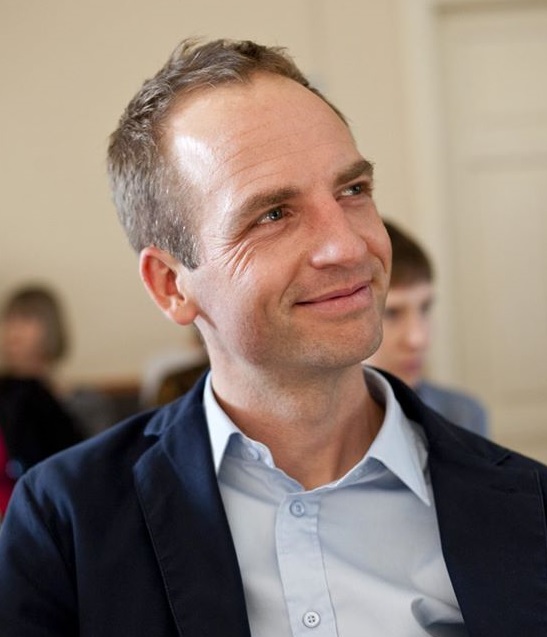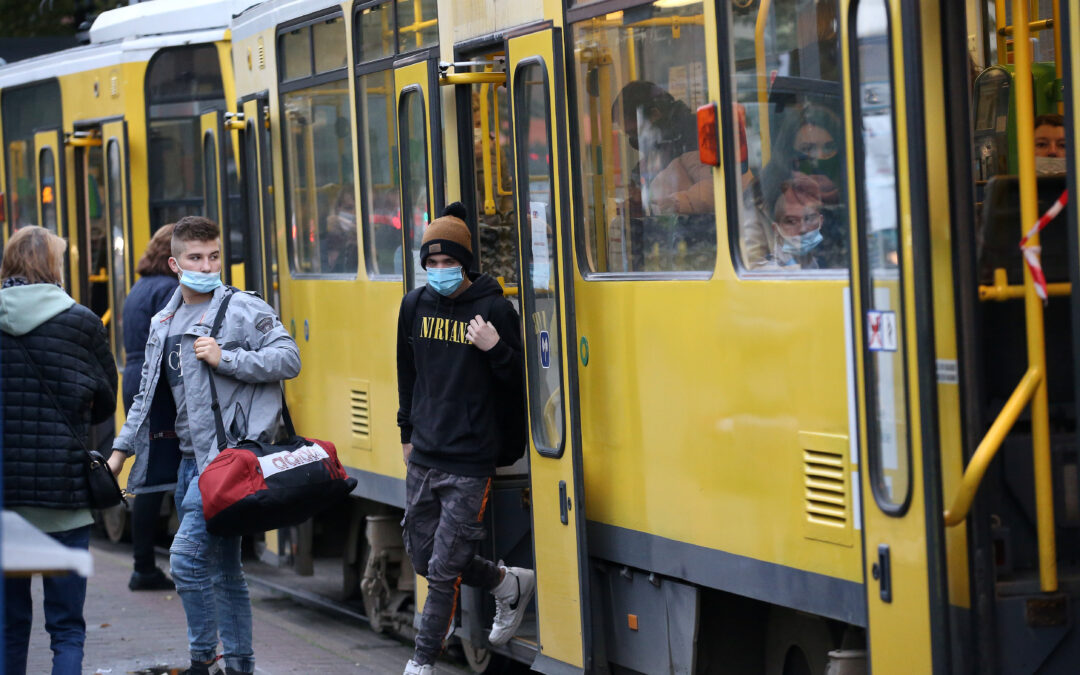Poland will remove all coronavirus restrictions apart from masking, quarantine and isolation requirements from next Tuesday, 1 March. The decision comes as infection numbers continue to drop while deaths and hospitalisations remain relatively low.
“Today we see after many medical consultations and observing what is happening in other countries that far-reaching changes can be recommended,” said the prime minister, Mateusz Morawiecki. “A significant proportion of the limitations…that were with us for many months can be lifted.”
✅ Od 1 marca łagodniejsze zasady bezpieczeństwa ⤵️ pic.twitter.com/EtiNHzDagW
— Kancelaria Premiera (@PremierRP) February 23, 2022
Limits on numbers in shops, restaurants, cultural institutions, public transport, meetings and events will no longer apply from March. Discos and nightclubs, which in theory are not currently allowed to operate, can reopen.
Remote work will no longer be recommended, with administration offices returning to normal operation. However, the requirement to wear a facemask in indoor public spaces such as buses and trams, shops and cinemas will remain.
The current rules on isolation for people infected with COVID-19 and quarantine for those living with them, which were introduced earlier this month, also remain in place.
Self-isolation lasts for at least seven days and quarantine for the same period, although vaccinated people may leave quarantine with a negative test result. People arriving from abroad without a valid EU Covid certificate or recognised equivalent will also still have to quarantine for a week.
Speaking alongside Morawiecki, Adam Niedzielski, the health minister, noted that the changes follow a noticeable decline in numbers of infections and subsequent occupancy of beds and ventilators in hospitals.
The rolling weekly average of daily new COVID-19 cases currently stands at 19,521, down from its all-time high of 49,073 at the start of this month. The figure for deaths, which lags behind case numbers, appears to have peaked around 250 – much lower than at the height of the second, third and fourth waves – and is now in decline.
At the peak of the previous wave, more than 24,000 Covid beds and 2,100 ventilators were occupied. This time, despite higher infection numbers, only around 19,000 beds and 1,100 ventilators were needed.
“If we compare the number of hospitalisations and the heights of each wave, the [current] wave, despite such a large number of infections, was the least painful from the point of view of the hospital system,” said Niedzielski, quoted by Interia.
“Another argument is the question of immunisation, meaning both vaccinations and the scale of infections and recovery from COVID-19,” he added. “Vaccinations have played an enormous role in defence against hospitalisation and against deaths.”
The government shared a graphic showing that 65.6% of the population aged over 18 are vaccinated, including 76% of over 60s and 77% of over 70s. In total, almost 59% of the Polish population are fully vaccinated (not counting booster jabs).
Main image credit: Cezary Aszkielowicz / Agencja Gazeta

Ben Koschalka is a translator and senior editor at Notes from Poland. Originally from Britain, he has lived in Kraków since 2005.



















